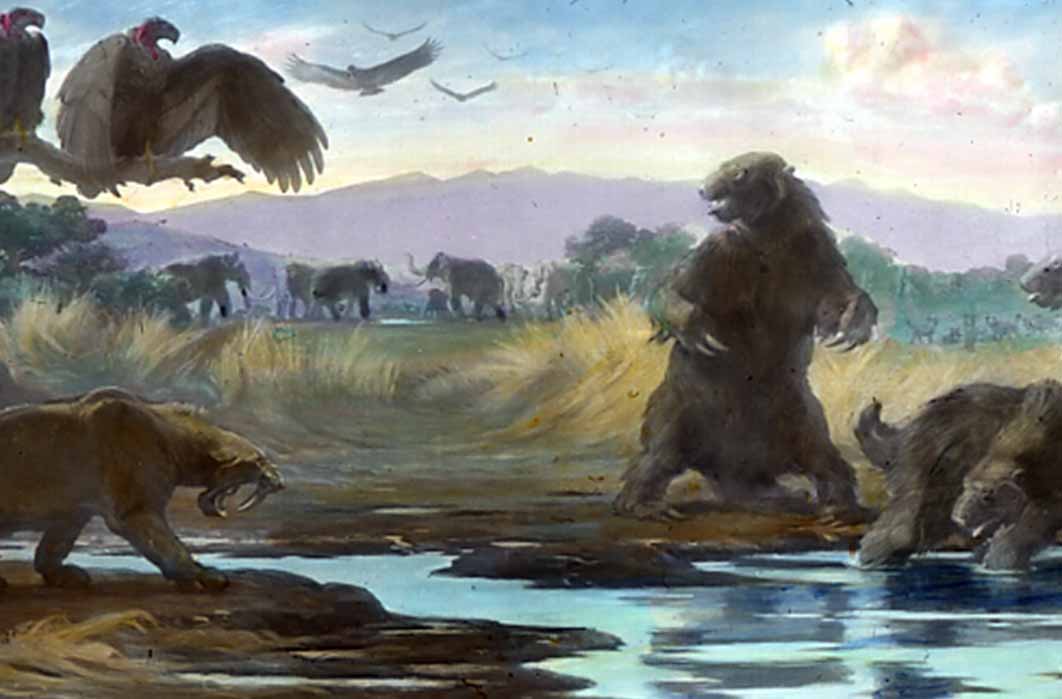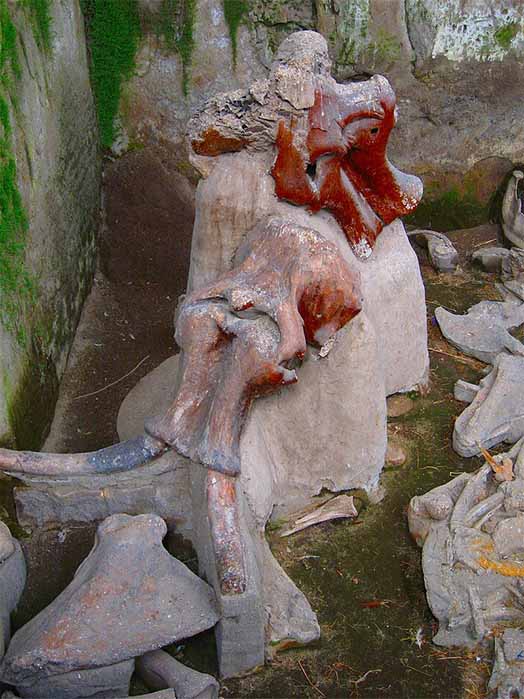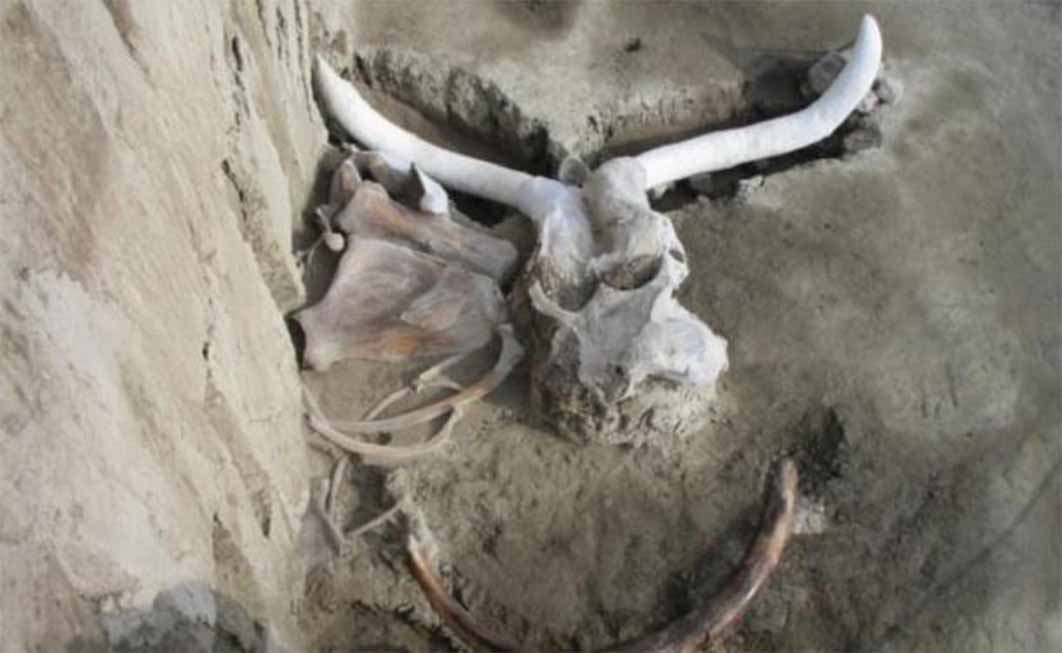
Tracking The Old Ways Of Ice Age Megafauna Hunters
While mammoths were hunted by early human populations in North America, Europe, Asia, and Africa, the primary cause of their extinction was changing climate, and disease. During the last Ice Age, in north-west South America, Clovis culture hunters speared Columbian mammoths (Mammuthus columbi) while in Europe the woolly mammoth (Mammuthus primigenius) was a common target of human hunting. In Asia and Africa ‘Mammuthus africanavus’ were hunted by numerous human populations, including the Neanderthals and early modern humans. However, the art of mammoth trapping seems to have peaked in what is today Mexico.
The timing and circumstances of the initial colonization of the Americas is a topic of intense debate, and the precise moment of the first human arrivals is still unclear. However, recent studies focusing on the first populations in the Americas have provided solid evidence of human presence in various parts of Mexico, such as the north-west region, the Chiapas Highlands, Central Mexico, and the Caribbean coast, during the Late Pleistocene and Early Holocene epochs.

Skulls in a lahar deposit at the Paleontological Museum in Tocuila, Texcoco, Mexico. (CC BY-SA 4.0)
Hunting Megafauna In Mexico
In 2009, archaeologists and anthropologists from Mexico’s National Institute of Anthropology and History excavated the site of a new garbage dump in the neighborhood of Tultepec, around 40 kilometers (25 miles) north of Mexico City. There, deep beneath the streets, they uncovered an ancient trap that was built by humans around 15,000 years ago. This was no snare, or dead-fall trap, but a pair of voluminous hunting-pits that were designed specifically to catch mammoths, representing the first ever discovery of its kind. Measuring about 1.70 meters (six feet) deep and 22.86 meters (75 feet) in diameter, these two pits are known today as the world's first mammoth traps.
More than 800 bones were discovered from at least 14 mammoths and it is thought that ancient hunters first lured herds of mammoths, and then chased them into the deep pits where they were battered and stabbed to death. The archaeologists noted that some of the bones were found in potential ritualistic arrangements, which if correct, would represent the earliest ritual ever discovered in the Americas. Luis Córdova Barradas, the leader of the five-person excavation team, told The Guardian that the discovery of the pits and remains “marks a watershed in the study of the relationship between prehistoric hunting and gathering communities and the huge herbivores”.

Mammoth bones discovered in pits in Mexico show signs of Ice Age butchery around 15,000 BC. ( Melitón Tapia/INAH )
In the state of Coahuila, in northern Mexico, another Ice Age site known as El Cedazo has a series of sinkholes that contained the fossilized remains of mammoths and other large mammals, and it is thought to have functioned as an ancient mammoth and megafauna trap. The researchers at this site said it not only provides information about the hunting strategies of early human populations, but also details ancient environments and ecosystems that existed in Mexico during the last Ice Age. It is believed that these sinkholes were originally formed by the collapse of underground caves, and that mammoths and other animals were herded in and became trapped.
The Rancho La Brea Tar Pits
Several other well-known archaeological sites have yielded mammoth bones and the fossilized remains of other prehistoric giants, which were all chased and trapped by early human hunters. The Rancho La Brea Tar Pits in present-day Los Angeles, California were formed by natural seepages of asphalt from the ground, which trapped and preserved the remains of a variety of plants and animals, including mammoths and other megafauna.




